WHAT IS ADHESIVE TAPE?
Adhesive tape refers to a flexible strip with self-adhesive properties. That is, the strip can be stuck at normal temperature after being pressed slightly onto various surfaces. Only pressure is required to adhere, but not heat, wetting with water or solvents. By this definition, rubberised paper strips which must be moistened before adhesion are not self-adhesive tapes. Neither are heat-set papers, which are glued after heat treatment.
The term 'self-adhesive tape' is therefore correct but not common. Adhesive tapes normally consist of a flexible substrate - the carrier - on which a self-adhesive elastic layer - the adhesive - is applied.
Basically, we distinguish between tapes :
- single-sided adhesive tapes, which have the adhesive applied only on one side of the carrier
- double-sided adhesive tapes, which have adhesive applied to both sides of the carrier
Materials, carriers
- Carrier tape materials are relatively thin flexible materials that are coated with an adhesive.
